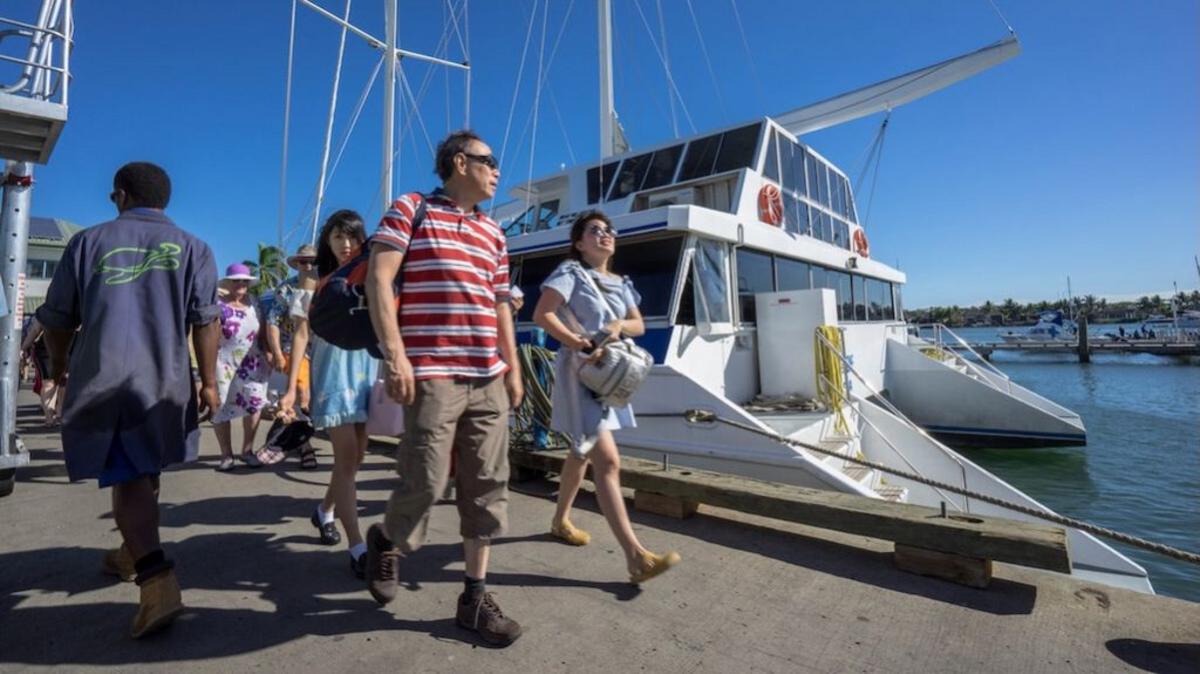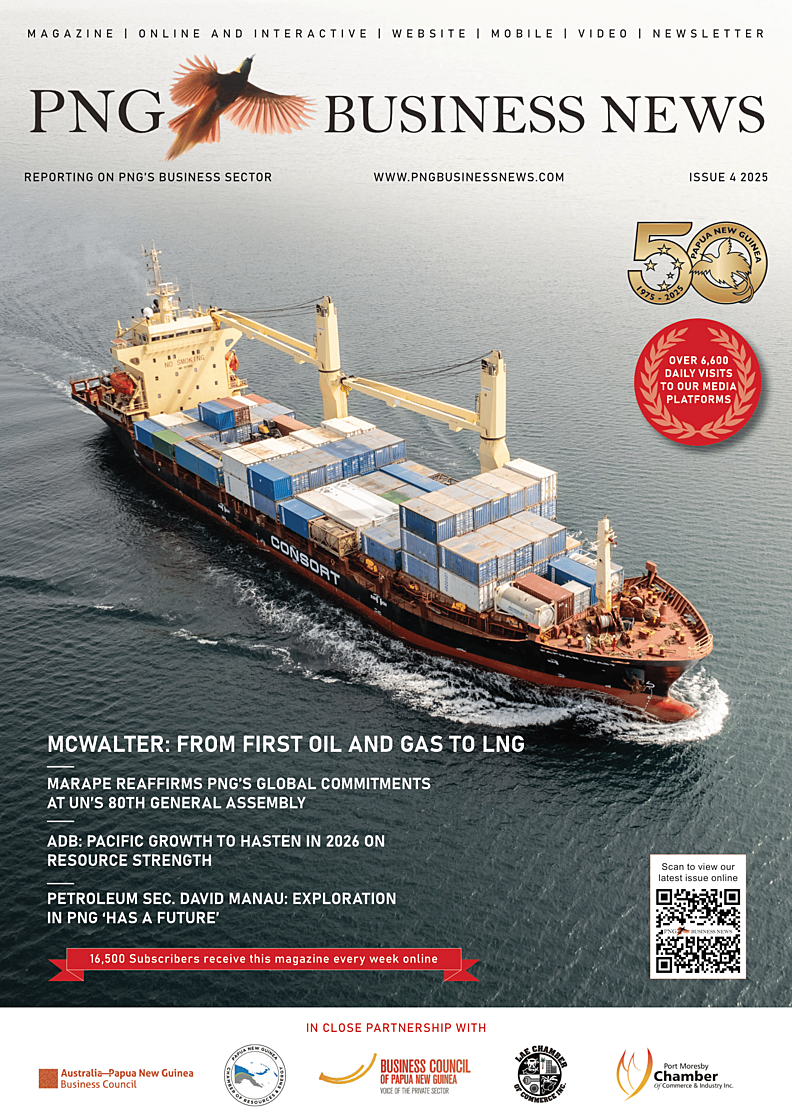Photo credit: ADB
A revival in tourism is expected to boost economic growth in the Pacific in 2022 and 2023, but the COVID-19 pandemic, rising commodity prices, and climate change continue to pose risks, according to the Asian Development Bank.
After an average economic contraction of 0.6% in 2021, ADB’s Pacific Economic Monitor (PEM), released today, says the Pacific is expected to grow by 4.7% this year and 5.4% next year. The turnaround reflects rising visitor arrivals in the tourism-dependent economies of the Cook Islands, Fiji, and Palau, as well as expectations for Papua New Guinea’s minerals sector to benefit from the higher international commodity prices being driven by the Russian invasion of Ukraine.
But the PEM says the Russia–Ukraine war also poses a risk to the subregion through rising import and transport costs, accelerating inflation, and increasing trade and fiscal deficits across the Pacific. Other risks to the Pacific’s recovery include community transmission of COVID-19 and some challenges in vaccine rollouts, as well as the region’s vulnerability to climate change and disasters.
“This outlook for the Pacific is welcome after more than 2 years of negative growth caused by COVID-19, but significant risks to this recovery remain,” said ADB Director General for the Pacific Leah Gutierrez. “It is vital that development partners, stakeholders, and policy makers work closely together to ensure the continued recovery.”
The latest PEM forecast represents an improvement on that seen in the Asian Development Outlook (ADO) 2022 released in April, which projected the Pacific’s economic growth to be 3.9% in 2022.
The PEM identifies Pacific economies as among the most vulnerable in the world to climate change and disasters, and that the impact of these shocks—compounded by the fallout from COVID-19 and commodity price spikes—has been sizable. Ensuring sustainable growth will hinge on investing in climate and disaster resilience, the cost of which can exceed the governments’ own resources. The policy briefs in this issue of the PEM examine how the Pacific is pursuing climate financing from innovative sources, and how ADB is helping to respond to climate change and better manage disaster risk. Continuing efforts to strengthen public financial management will support fiscal sustainability, restore resource buffers, and re-establish a strong foundation for the next potential crisis.
The PEM also examines a wide range of issues affecting Pacific economies, including:
- The role of climate finance in sustaining Fiji’s recovery amid rising inflation
- The North Pacific’s preparedness for sustainable investing
- Climate finance and water security in Kiribati and Tuvalu
- Climate adaptation and budgeting amid volatile revenue in Nauru
- Fiscal challenges of climate financing in Papua New Guinea
- Promoting climate and fiscal resiliency in Solomon Islands
- Counting the costs and preparing for the future of South Pacific economies
- The challenge of financing a climate emergency in Vanuatu
ADB is committed to achieving a prosperous, inclusive, resilient, and sustainable Asia and the Pacific, while sustaining its efforts to eradicate extreme poverty. Established in 1966, it is owned by 68 members—49 from the region.
Article courtesy of the ADB










